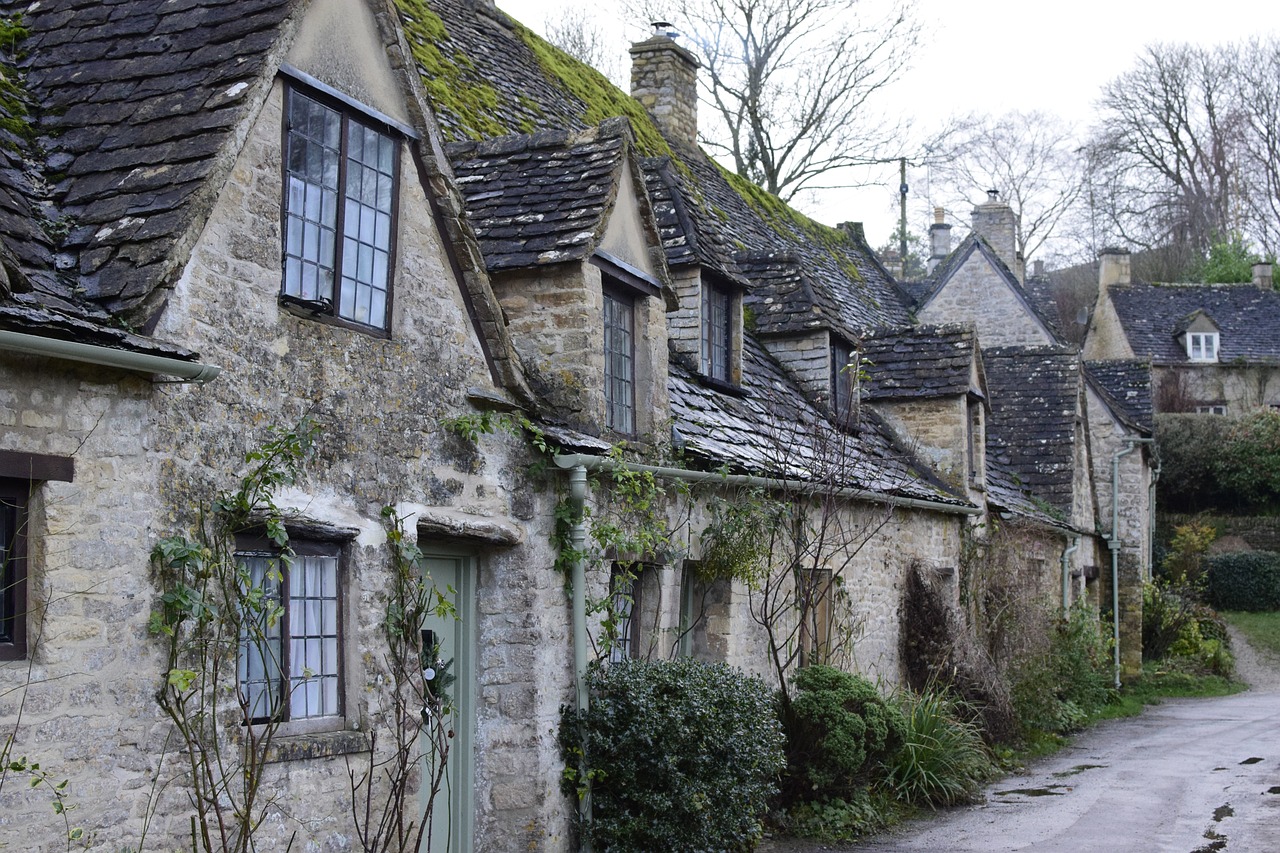
When selling a grade-listed property, staging can make all the difference. These homes come with a rich history and distinctive architectural features that buyers find irresistible. However, staging a grade-listed property requires a delicate balance between honouring its heritage and making it appealing to modern buyers. Here’s a guide to staging a grade-listed home, helping you showcase its charm while meeting today’s lifestyle expectations.
1. Understand the Significance of the Property
Before making any changes, it’s essential to understand the historical value of your grade-listed property. Each home in this category is subject to regulations that protect its character. These restrictions might limit certain updates, such as changing windows, doors, or adding modern fixtures. Always check with your local authorities before making alterations, ensuring any staging efforts are in line with legal obligations.
Tip:
Work with an expert who has experience with grade-listed properties. They can help you understand what changes are permissible and guide you in preserving the home’s authenticity.
2. Highlight Unique Architectural Features
Grade-listed homes often boast striking architectural features, such as ornate moldings, original fireplaces, exposed beams, or stone walls. These are the selling points! Make sure they are the focal points of each room.
- Exposed Beams: Clear away any clutter or furniture that hides them. Clean them to reveal their natural texture.
- Fireplaces: Keep them free from obstructions and consider decorating with minimal, tasteful pieces to draw attention without overpowering them.
- Original Windows: While you can’t always replace original windows, you can dress them in a way that complements their historical character. Opt for curtains or blinds that don’t block their beauty.
Tip:
Use lighting strategically to enhance these unique features. Uplighting can be a great way to draw attention to high ceilings or intricate moldings.
3. Create a Neutral Canvas
Although your property’s historical elements should shine, it’s important to create a neutral canvas to allow potential buyers to imagine themselves living there. Opt for a soft, neutral color palette that blends with the natural tones of the home. Think creams, soft greys, and muted earthy tones.
Tip:
Avoid bright, modern colors that could clash with the home’s historic nature. Instead, choose shades that bring out the warmth of the original woodwork or stone features.
4. Incorporate Modern Comforts (Without Overdoing It)
While buyers may love the charm of a historical property, they still want modern comforts. Subtle updates, like contemporary furniture, can show the home is both beautiful and functional for today’s lifestyle.
- Furniture: Choose simple, classic designs that complement the period features without overpowering them.
- Lighting: Replace outdated fixtures with sleek, modern lighting to provide contrast and illuminate the home in a stylish yet subtle way.
- Technology: Showcase areas where modern technology, such as smart thermostats or underfloor heating, have been integrated into the home. This demonstrates that the property offers the best of both worlds.
Tip:
Use modern furnishings sparingly, ensuring they don’t clash with the period details. Opt for transitional pieces that bridge the gap between old and new.
5. Focus on Curb Appeal
The exterior of a grade-listed property can be just as important as the interior. First impressions matter, and buyers will expect the outside to reflect the historic charm of the home.
- Landscaping: Keep it simple and classic. Trim bushes, tidy up pathways, and plant flowers that complement the architecture.
- Exterior Maintenance: Ensure the brickwork, roofing, and paintwork are in good condition, and clean any external windows and doors.
- Period Features: Highlight original doors, windows, and any other period details. Keep them clean and free of distractions.
Tip:
If the property has a courtyard or garden, stage it with tasteful outdoor furniture to create a vision of elegant outdoor living.
6. Emphasise the Historical Story
Many buyers of grade-listed properties are interested in the history behind the home. Sharing the story of your property can create an emotional connection. Use photos, plaques, or documents that tell the home’s journey through time, from when it was built to how it has evolved. This could include the original owners, any historical significance, or important events that occurred there.
Tip:
Consider creating a small “history corner” in the home with framed photos or documents that add depth to the property’s charm and help potential buyers feel connected to its past.
7. Avoid Over-Decorating
When staging a grade-listed property, less is more. It’s easy to go overboard when trying to highlight the home’s features, but clutter can take away from its elegance. Minimalism helps potential buyers focus on the home itself, not just the decorations.
Tip:
Use simple, classic pieces that enhance the period details of the home rather than distract from them. Vintage-inspired décor works well, but avoid going too thematically “antique” to maintain broad appeal.
Staging a grade-listed property is about celebrating its past while making it relevant for today’s buyers. With careful consideration and thoughtful design, you can highlight its unique features while offering the comforts of modern living. By doing so, you’ll not only attract the right buyers but also ensure that your home is presented in its best light, creating a timeless appeal.
I’m on socials
Look, like and follow us!
Recent Comments